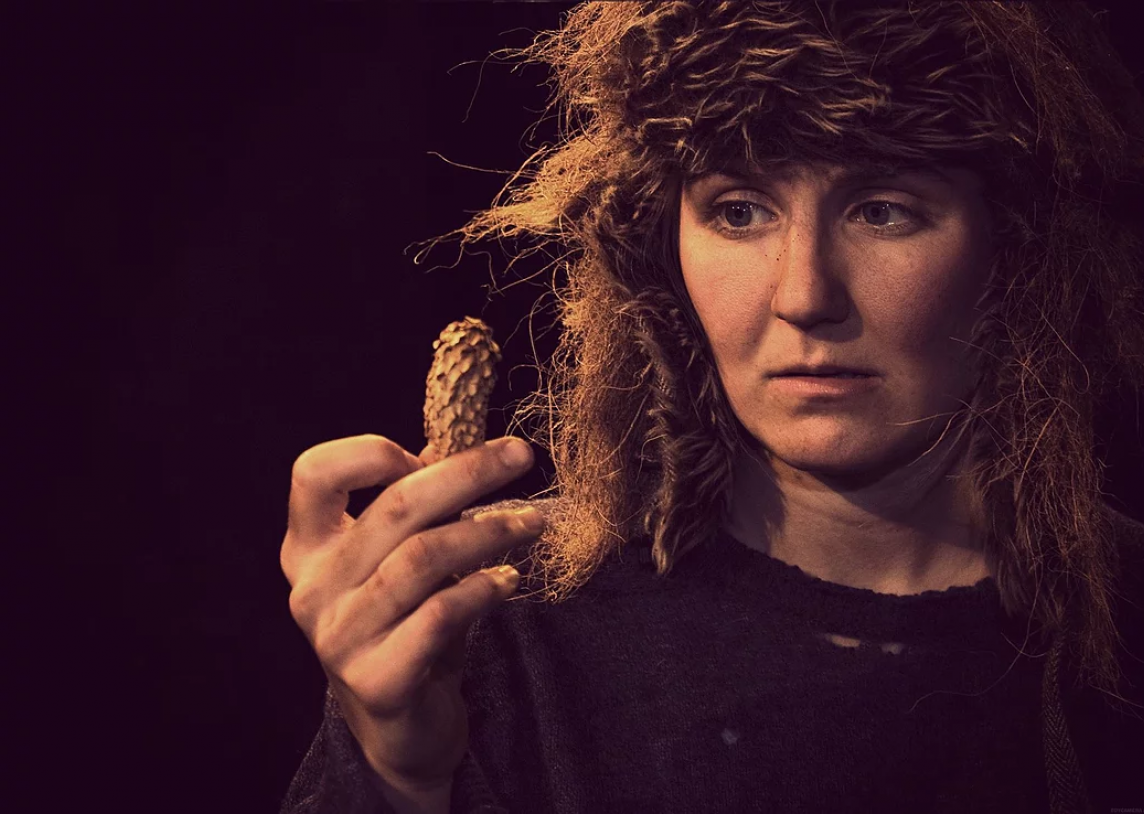- International Platform
- Content
Content
Crunch
Author: Ingrida Ragelskienė
Translated by Laima Bezginaitė
The title of a good theatre festival must be like a red light which lights up as soon as you utter THAT word. For instance, manipulate. Surely, first of all, it is the act of performing a complicated action using one’s hand. Only then follow the remaining associations – to attempt to control someone, usually for the purpose of gaining a benefit or influence, to affect other people through manipulative actions. And so, the question arises of why for over a decade an international puppet theatre festival with such an ambiguous title has been held in Edinburgh, Scotland?
I tried to find the answer by researching history. First of all, the Scots’ love for puppet theatre was induced by wandering troupes of Italian puppeteers. The mysterious marionette, boasting of probably the most dominating position in the hierarchy of the puppet theatre, had long been the miracle most masterfully captivating the attention of the Scottish audience. But then came the cunning 19th century which pushed the art of ventriloquism to the front rows of even more than of puppet theatre. All the puppets had to do was to repeat the stories of the ventriloquist as accurately as possible. And thus, the marionette was banished from the throne... Only a century later, the democratic 21st century managed to gather all sorts of theatre puppets under one roof of the festival.
Manipulate 2021 was only possible in the virtual format. The programme included 12 digital performances, 22 short animations, and 3 creative workshops. These numbers were impressive, while the quality of the festival’s digital performances raised professional awe and some healthy envy. From now on, Manipulate to me will mean the highest level of professionalism. For my brief review, I selected a sketch from the digital performance Crunch by Scottish artist Sita Iona Pieraccini.
The title does not require translating, as the word’s structure itself suggests that the performance is about something very crisp, coarsely gravely, croaky, or even crunchy. The artist’s creative biography is also intriguing, especially the versatility that allows working in a very wide field of visual arts. Sita Pieraccini first graduated from sculpting and only later followed a course in physical theatre, pantomime, storytelling, and clownery. All these artist's experiences, skills, and knowledge are very precisely revealed in the 8-minute digital sketch Crunch.
The first seconds into the video we can identify the object – a spruce cone. The artist chooses to start showing the source of all the noises from the maximum close-up, thus revealing the proportions of the spruce cone’s separate scales and the harmony of their arrangement and rhythm. The all-seeing camera's eye slowly pulls back, and before our eyes, we see the crunchy object with all its beauty and mystery. I tried to remember the last time sight of a simple spruce cone has shocked me so much – maybe only in childhood, when spruce cones used to be the source of many inspirational games. I recall how we would dress them up or peel all the scales off or crunch them quite a bit. The spruce cone is dissected in order to make sure that under each scale a hard, winged seed is hiding.
In this sketch, Sita Pieraccini transforms herself into a tattered pauper, a tramp who, though with a seemingly impaired mind, does not lack curiosity or a wide heart. The woman’s mealy face is visible from the very first moment of the sketch. She is observing the cone and reaching with her dirty fingers towards it. The unfortunate knows how to use the spruce cone as a musical instrument. Its crunching can be gentle, the cone’s sleek scales can not only protect the seeds, but also bristle, shake up, and soar towards the skies.
I believe that the Crunch sketch was a success because it excites, engages, and even takes one’s breath away at some point. Sita Pieraccini does not shy away from metaphysics and pure lyricism in the theatre she creates. Crunch does not evoke the desire to search for traces of the pure magical realism in it. It would be nice to observe the development of this topic in a longer performance and to make sure that even then the subtle layering or overlap of everyday life and miracle will remain the essence of the performance.
This publication is written in the context of the project "European Contemporary Puppetry Critical Platform"
This publication is funded by the Lithuanian Council for Culture

